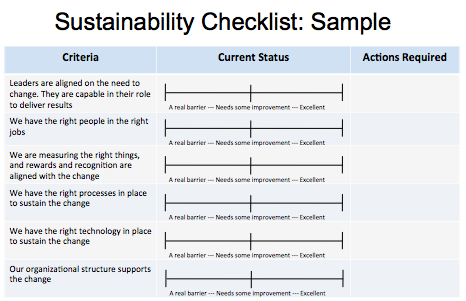“When I left in 2009,” Major Modlin said, “they had it, they really did. I don’t know what happened after that.”
The New York Times reported today that US soldiers are finding that the Security Forces that they trained are not doing as well as expected.
Back for the first time since the United States left in 2011, none of the soldiers thought they would be here again, let alone return to find the Iraqi Army they had once trained in such disrepair.
Colonel Schwemmer said he was stunned at the state in which he found the Iraqi soldiers when he arrived here. “It’s pretty incredible,” he said. “I was kind of surprised. What training did they have after we left?”
The current, woeful state of the Iraqi military raises the question not so much of whether the Americans left too soon, but whether a new round of deployments for training will have any more effect than the last.
Reflecting on new efforts to train local forces, Colonel Schwemmer said “They’re going to leave here trained. But there’s a big difference between trained and seasoned.”
So what happened? As with most transformational change efforts, there is a project with a specific goal. Leaders determine the desired outcomes, get someone to train employees to work in a new way, watch it work for a short time and then declare victory. And then we come back a few years later and are surprised that things didn’t turn out the way we planned.
Well, don’t be surprised. This happens all the time.
So how to avoid this common and expensive phenomena?
Most changes do not stick because no one has taken the time to identify and address the issues that will support or sabotage the change over the long term.
Examples of issues that can impact sustainability include:
- Ensuring the right people are in the right jobs, such as:
- Effective leadership
- People with skills and expertise to do the job
- Performance management – proactively addressing poor performance
- Adequate training and communication about the change
- Rewards and recognition aligned
- Projects prioritized, ensuring the most important things are accomplished first
- Organizational structure aligned
- Processes aligned
- Cultural issues addressed
- Technology issues addressed
Improve your likelihood of long term success by:
- Analyzing the issues that will get in the way of your project’s success.
- Documenting and prioritizing the issues and discussing ways to overcome them.
- Assigning accountabilities for recommended changes and follow up to ensure the changes are made.
- Reviewing on a regular basis – for months and even years.
____________
http://www.nytimes.com/2015/04/15/world/middleeast/iraq-military-united-states-forces-camp-taji.html
____________
NOTE: If you would like to receive e-mail notification when I post additional blogs, please sign up through this link. http://eepurl.com/KILan You may unsubscribe at any time.
